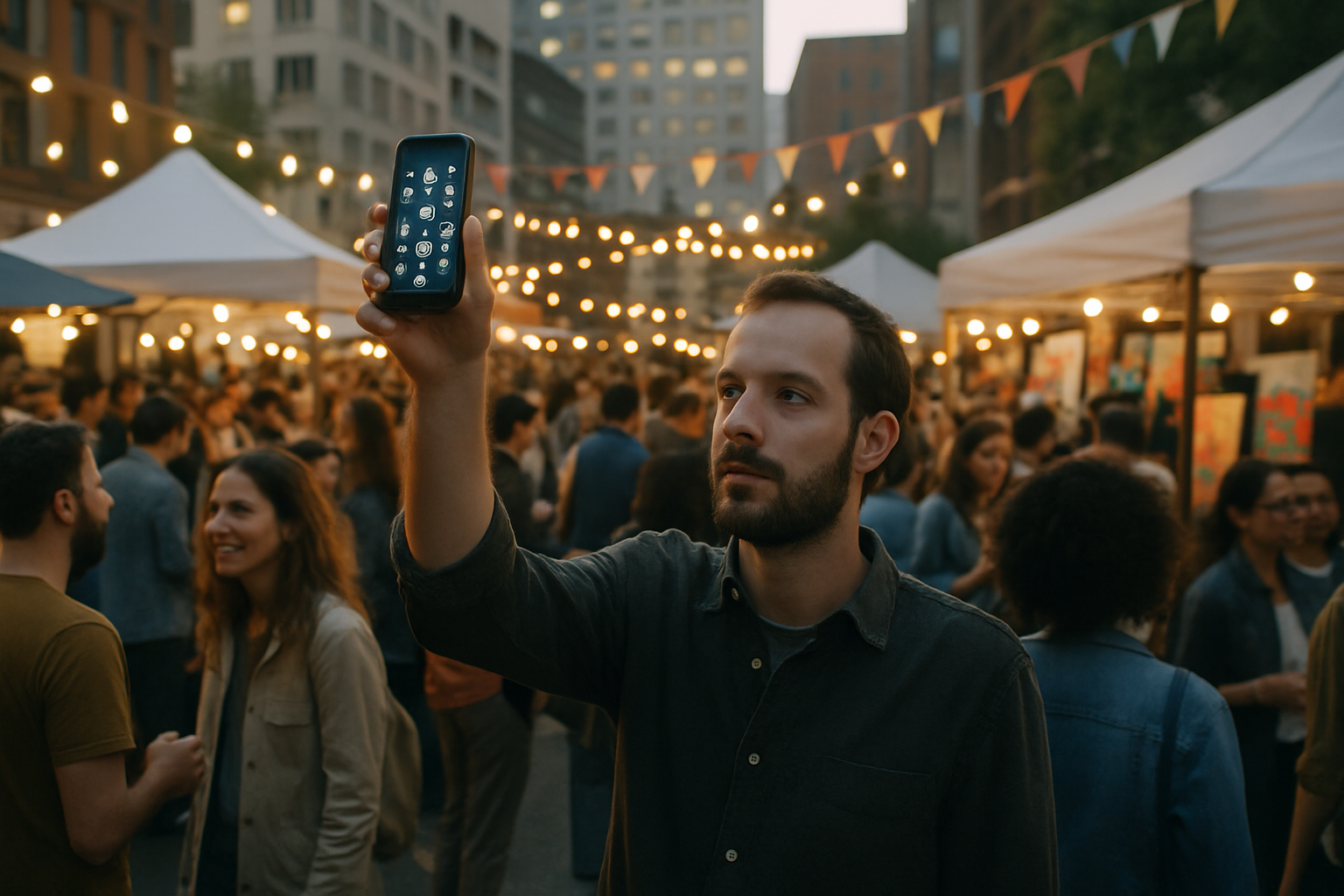Ephemeral Communities: The Rise of Pop-Up Societies
In an era of digital connections and fluid identities, a fascinating trend is reshaping our social landscape: ephemeral communities. These temporary gatherings, often spontaneous and purpose-driven, are redefining how we interact, collaborate, and find meaning in an increasingly fragmented world. From flash mobs to pop-up markets, these transient societies offer a unique blend of connection and freedom. Read below to explore the intriguing world of ephemeral communities and their impact on modern social structures.

These temporary societies often emerge in response to specific needs or interests, dissolving once their purpose is fulfilled. They can range from artistic collaborations and pop-up restaurants to disaster relief efforts and flash protests. The key characteristic is their intentional impermanence, offering participants a sense of urgency and immediacy that permanent structures often lack.
Digital Catalysts and Real-World Manifestations
The internet serves as the primary catalyst for many ephemeral communities. Social media platforms, messaging apps, and event-based websites allow like-minded individuals to connect and organize with unprecedented speed and scale. A tweet can spark a global movement, while a local Facebook group can transform an empty lot into a vibrant community garden overnight.
However, these digital roots often blossom into tangible, real-world experiences. Pop-up shops and restaurants materialize in unexpected urban spaces, drawing crowds eager for novel experiences. Temporary art installations transform public areas into interactive galleries. Even entire temporary cities, like Burning Man, emerge and disappear in remote locations, creating intense, shared experiences for thousands of participants.
The Psychology of Temporary Belonging
The appeal of ephemeral communities lies partly in their ability to satisfy our innate need for belonging while accommodating modern desires for flexibility and novelty. These temporary gatherings offer a sense of community without the long-term commitments that many find daunting in an increasingly mobile and uncertain world.
Psychologists note that the time-limited nature of these communities can intensify social bonds and experiences. Participants often report feeling more present and engaged, knowing that the experience is fleeting. This phenomenon, known as temporal scarcity, can lead to more meaningful interactions and a heightened sense of collective purpose.
Challenging Traditional Social Structures
Ephemeral communities are reshaping our understanding of social organization and belonging. They challenge the notion that stable, long-term communities are the only valid form of social connection. Instead, they suggest a more fluid, adaptable model of human interaction that aligns with the realities of modern life.
These temporary societies also offer opportunities for experimentation with alternative social structures and governance models. In the controlled environment of a time-limited community, participants can explore new ways of decision-making, resource allocation, and conflict resolution. This experimentation can yield insights that influence broader societal changes.
The Double-Edged Sword of Impermanence
While ephemeral communities offer numerous benefits, they also present challenges and potential drawbacks. The very impermanence that makes them attractive can also lead to a lack of accountability and long-term planning. Critics argue that the ease of joining and leaving these communities may discourage the development of resilience and commitment necessary for addressing complex social issues.
Furthermore, the exclusivity and intensity of some ephemeral communities can reinforce social divisions. The temporary nature of these gatherings can sometimes prioritize spectacle over substance, leading to shallow or performative engagements rather than deep, lasting change.
Future Trajectories and Societal Implications
As technology continues to evolve, the nature and impact of ephemeral communities are likely to expand. Virtual and augmented reality technologies may enable even more immersive and complex temporary societies, blurring the lines between physical and digital realms.
Sociologists predict that ephemeral communities will play an increasingly significant role in shaping social norms, political movements, and cultural trends. They may serve as incubators for innovation, testing grounds for new ideas, and catalysts for rapid social change. However, balancing the dynamism of these temporary gatherings with the need for stable, long-term social structures will be a key challenge for future societies.
As we navigate this evolving landscape, understanding and harnessing the power of ephemeral communities will be crucial. These fleeting yet potent social formations offer a window into the changing nature of human connection and collective action in the 21st century, challenging us to rethink our approach to community, belonging, and social impact in an increasingly fluid world.





